More than two months ago, I got the chance to get behind the wheel of the legendary super-truck that is the Ford Ranger Raptor to try and realize its breaking point through the punishing terrain of the Sacobia River in Pampanga. Of course, the thrill of driving the Raptor never really went away as the sheer power and performance of the top dog of the mid-size pickups is obviously in a league of its own.
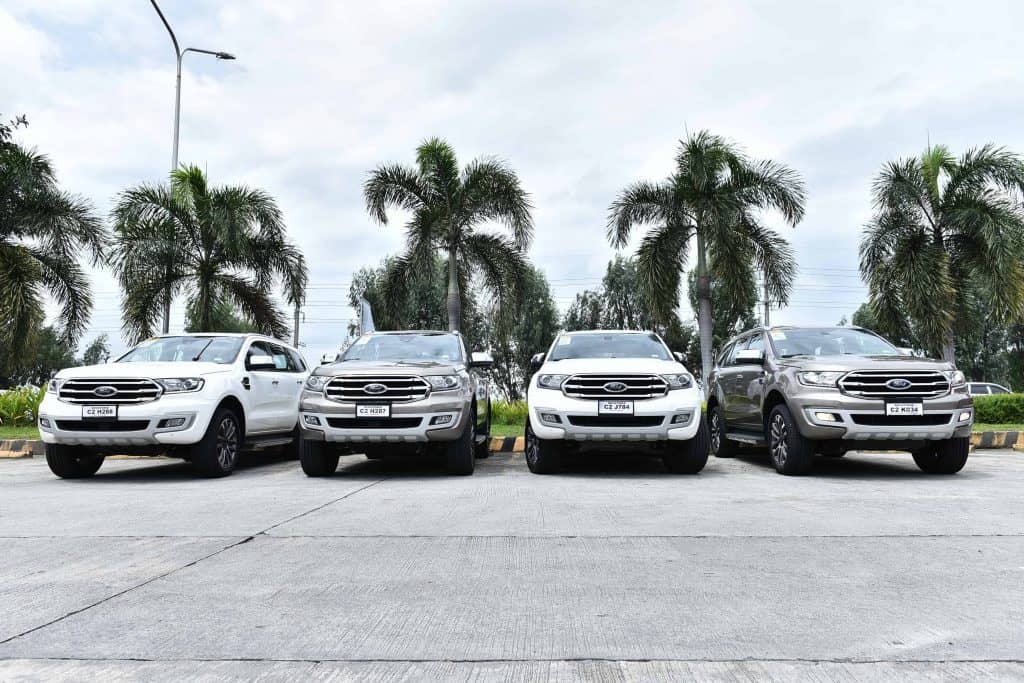
That’s why when Ford Philippines asked me to join a three-day adventure to Baler, Aurora and La Union on board its cousin – the new Ford Everest Titanium, I immediately responded with a resounding “Yes!”
The new Everest has a rugged yet luxurious design on the outside. Apart from the 4×4 variant’s panoramic moonroof, the latest offering of Ford sports a redesigned bumper, revamped grille, and a 20-inch split-spoke alloy wheel design featuring darker wheel accents.
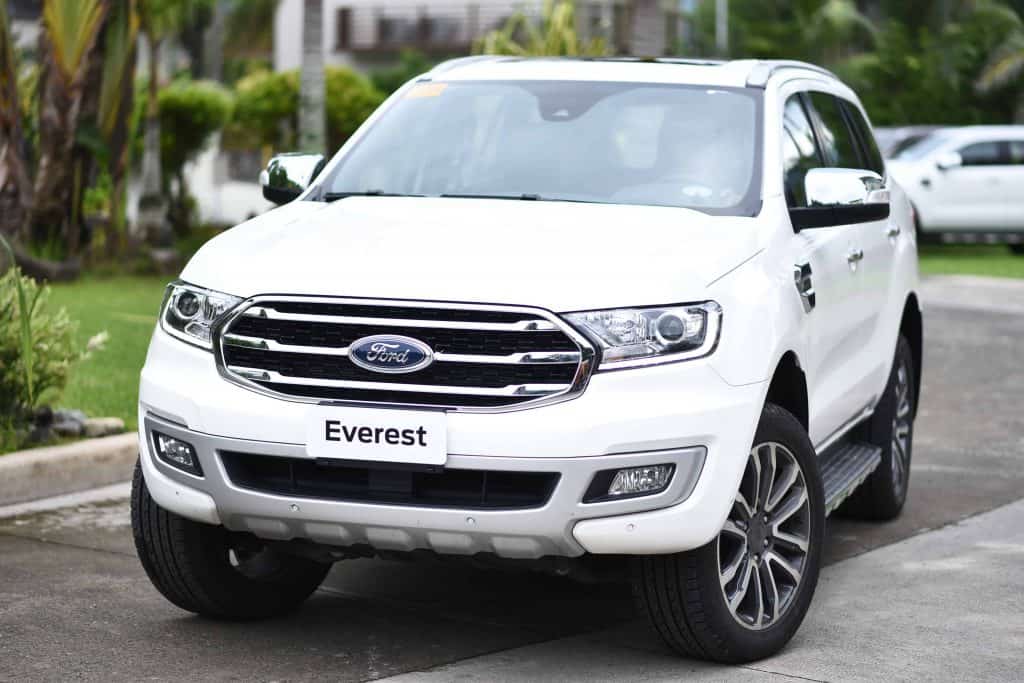
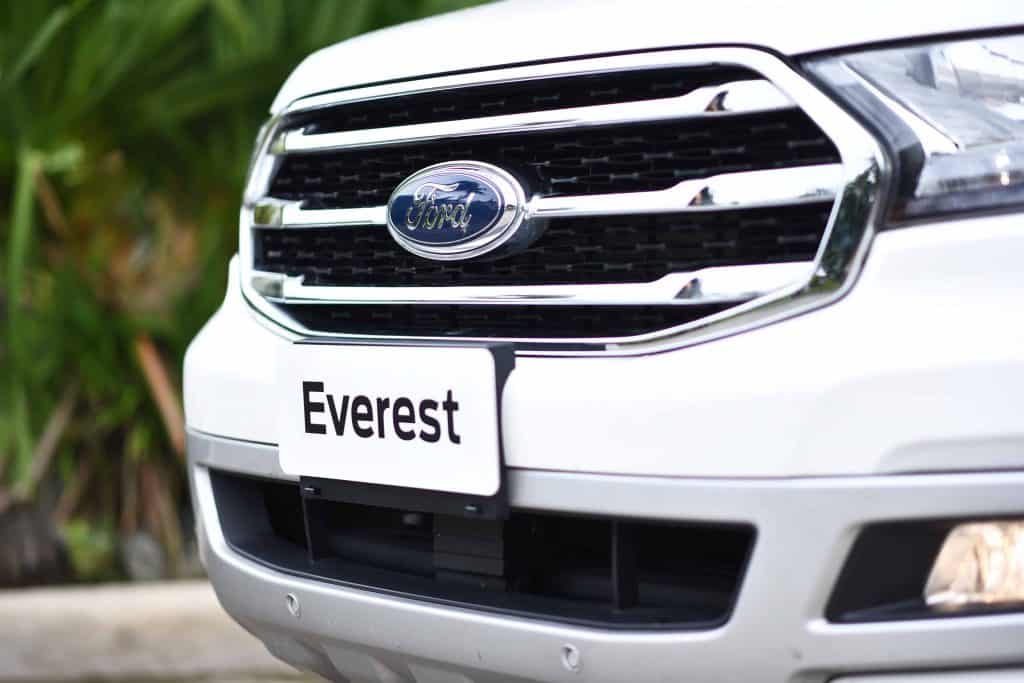
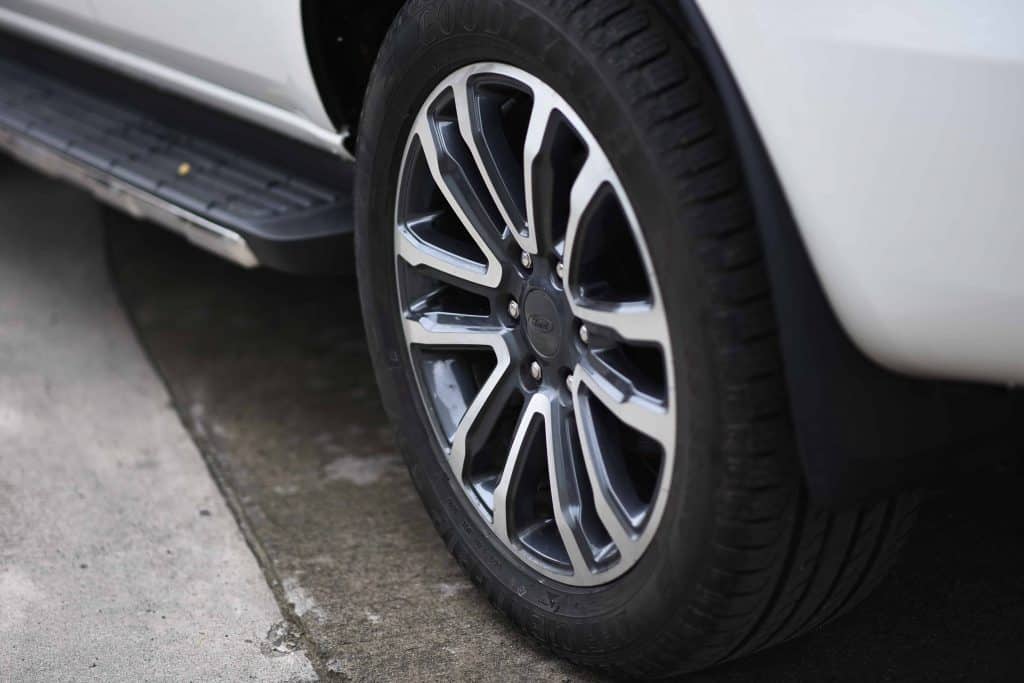
What you see on the SUV’s facade also translates to the cabin. Step inside and you’ll immediately be treated to an array of premium features such as an 8.0-inch full color touchscreen and reversing camera. It features the SYNC 3 that offers Apple CarPlay as well as Android Auto compatibility. It’s most helpful feature, if not amazing, is it also works with Waze and Google Maps!
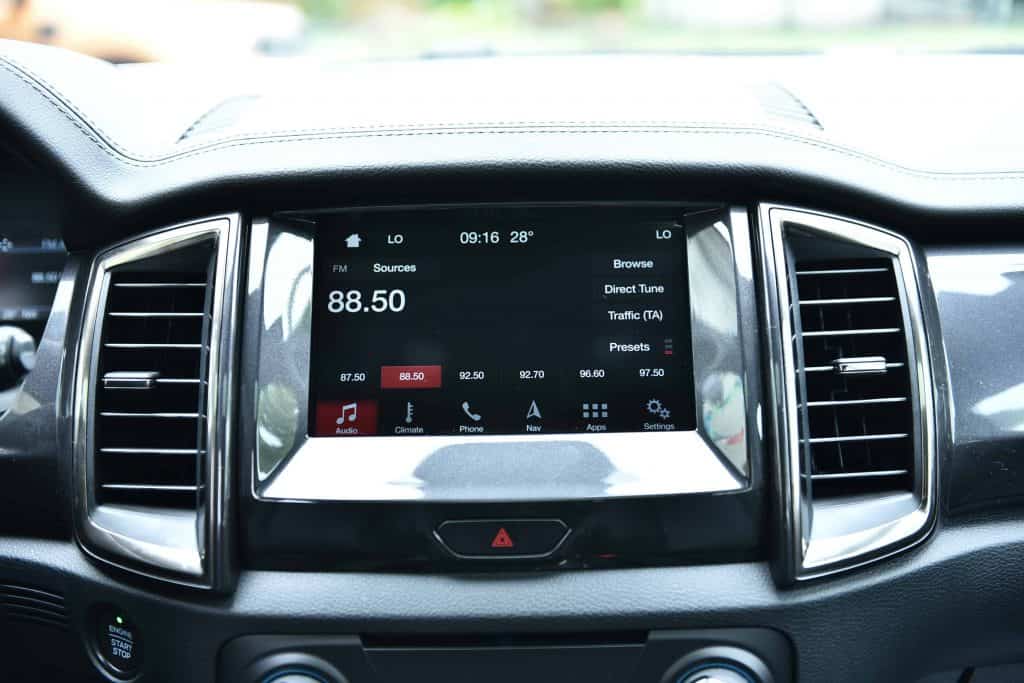
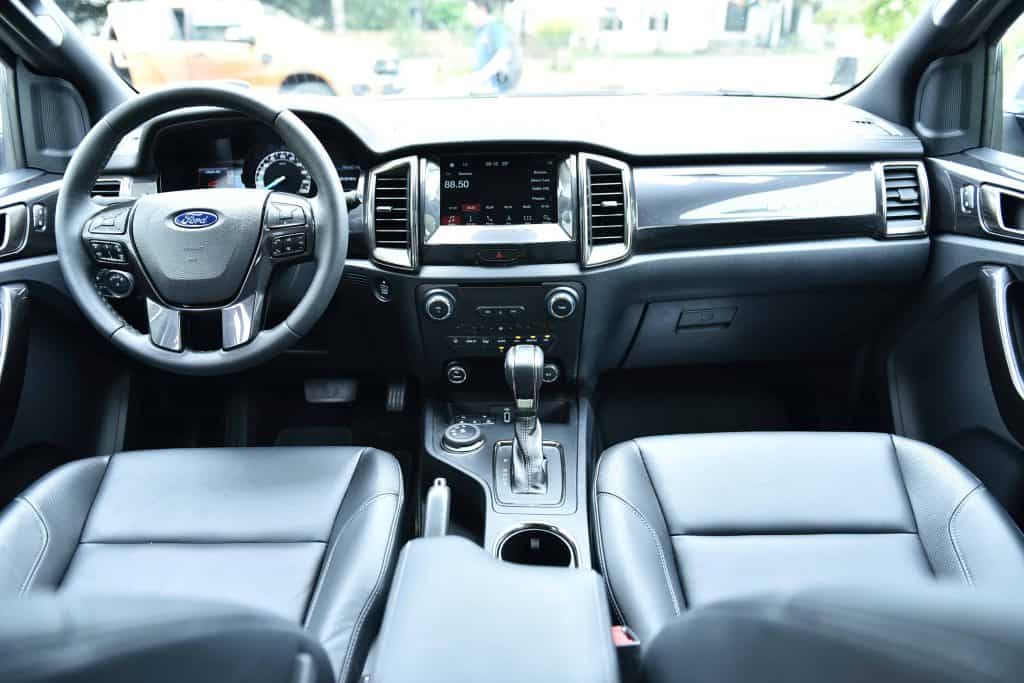
Under the hood, it’s no secret that the Everest shares the class-leading drivetrain of its alpha truck sibling, the highly-regarded 2.0-liter bi-turbo diesel of the Ranger Raptor that cracks up 213ps along with 500Nm of torque, while the still-potent single turbo 2.0-liter diesel engine acquired from the Ranger Wildtrak’s DNA musters 180ps of horsepower and 420Nm of torque. Both engines are mated with an interesting 10-speed automatic transmission.
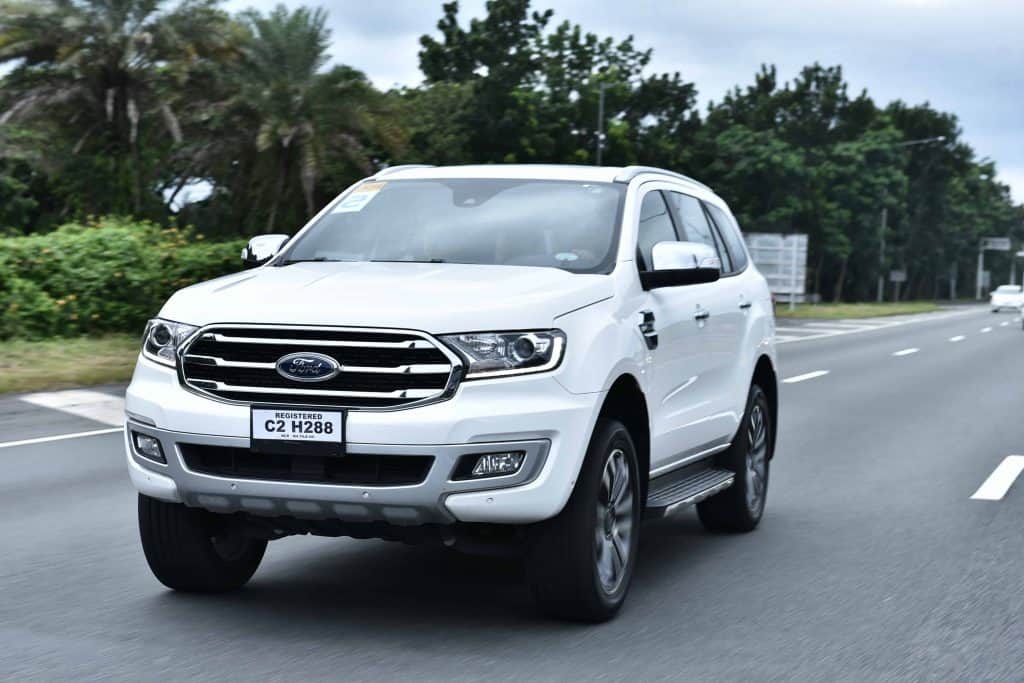
So you are probably wondering how that powerhouse translates to road performance. Well, all that power brewing under the Everest’s hood proved nothing short of extraordinary during our spirited three-day journey from Baler, Aurora up until the end of our hours-long push towards La Union’s very own Santorini-inspired Thunderbird Resort.
Ford has built a capable behemoth in the Everest, to say the least. The 2.0 bi-turbo diesel engine provides neck-breaking torque to enable you to leave behind slower vehicles on NLEX and SCTEX. The Everest’s power plant never cowers when the need for speed arises. It gives you what you need — whenever and wherever. Despite its size, the Everest offers responsive handling and riding comfort even when driving on rough surfaces at speed, thanks to the SUV’s Active Noise Cancellation that helps deliver quietness inside the cabin.
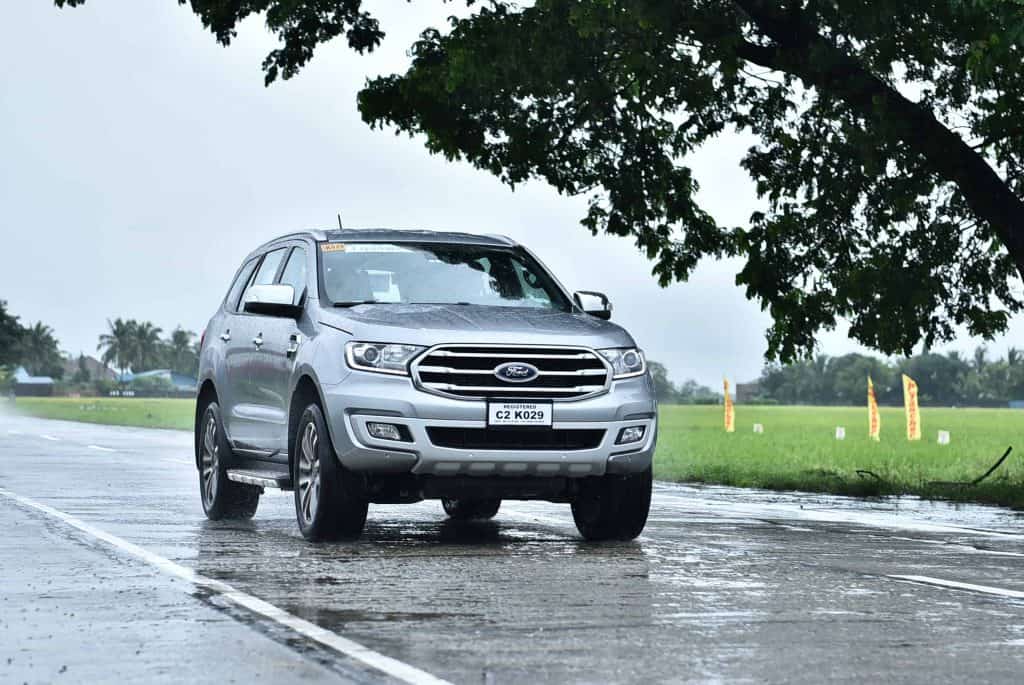
The Everest is brimming with an array of segment-leading advanced driver assistance features such as the adaptive cruise control, lane keeping system, driver alert system, auto high beam control, blind spot information system and rear view camera and parking sensors. But among the safety features, what I personally find interesting is the Everest’s Autonomous Emergency Braking as it lowers the risk of crash by automatically applying full braking force when a collision risk with another vehicle is detected.
But aside from the SUV’s speed and power, the littlest things, more often than not, matter the most to some of us. We ventured into a storm with almost zero visibility during the course of our journey across Luzon. The heavy rains inundated most of the roads we crossed, and one of the many things that I truly appreciated while maneuvering through various road conditions under the heavy downpour was the Everest’s nifty wiper feature that acts accordingly to the amount of rain that’s hitting the SUV’s windshield.
Bottom line is, Ford’s alpha SUV is a Ranger Raptor in an Everest’s clothing. Loose the cargo bed and this mammoth of a machine, like the legendary-like Raptor’s “built to be punished” mantra, is more than capable of fulfilling your on-road and off-road fantasies. Put it in its natural habitat and you get a panzer of some sort that could give other crowd-favorite SUVs a good run for their money. And I kid you not. The new Ford Everest is in a league of its own as it changes the landscape of the well-contested SUV segment.
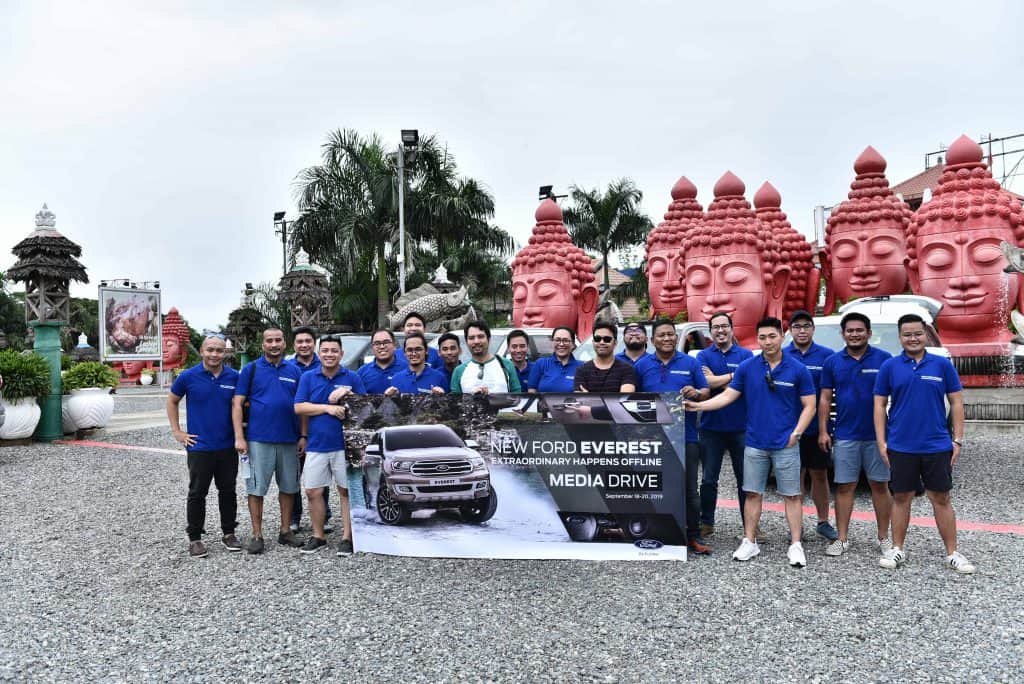
Furthermore, Ford Philippines offers customers lower service maintenance costs with a once-a-year scheduled service interval instead of twice a year.
The Ford Everest’s 2.0L Bi-Turbo Titanium 4×4 top-of-the-line model has a sticker price of P2.299 million, while the 2.0L Turbo 4×2 variant sells for P1.995 million.

